The W3C annual technical plenary meeting, called TPAC 2016, was held in Lisbon last week. The weather was sunny, 28o C outside, boats sailing on the Tagus estuary, beer and bacalao: a perfect destination for lovers.
After many months chatting on the Web, it was the occasion for the IDPF and W3C to have their first real date. Feedback on a promising engagement.
The actuality between the publishing and the Web industries is mainly focused on three subjects: Portable Web Publications (PWP), accessibility of EPUB publications and CSS processing of publications.
Portable Web Publications
On the PWP front, the two days’ meeting of the Digital Publishing Interest Group (aka DPUB IG) was preceded by intense exchanges about the PWP Use Cases and Requirements draft, released for public review some days before TPAC [see the W3C announcement]. It was interesting to see some pure Web developers chiming into a discussion previously limited to a closed group of Digital Publishing experts [see the Github issue tracker used as a public discussion forum]. Their perception of what Web Publications should be somewhat destabilized a work quietly targeting some evolution of the EPUB 3 format, with smart caching of the inner content in the browser for offline reading, plus some simplification of the packaging model. The TPAC discussion ended up with the decision to split the Use Cases and Requirements draft into two sections: one about Web Publications, i.e. how content downloaded from the Web can be handled by a browser; the second about the packaging needs of the publishing industry, i.e. the way to store such published content in a file for “non-Web” exchange.
This is tough love, where Web geeks shake a bit their publishing fiancee, but we can hope that this will end up with more engagement from the Web community, on an initiative which is not about ebooks only, as this was repeatedly stated during the meeting: EPUB and PWP are exchange formats for all sorts of publications … everything that is currently published as PDF would better use EPUB for readability and accessibility reasons.
Accessibility
The second focus of the discussions was the accessibility (a11y) of digital publications to print-impaired. The IDPF has recently published a new draft specification of Conformance and Discovery Requirements for EPUB Publications, setting formal requirements to be met in order to certify content as accessible ; and at the same date a draft specification of EPUB Accessibility Techniques, which provides guidance on how to meet these requirements. This work is based on the Web Content Accessibility Guidelines (WCAG) edited by the W3C, and offers a specialisation of WCAG rules to the EPUB format. The IDPF a11y people have been working with the W3C a11y people for a while, but a probable combination of IDPF and W3C will certainly move this partnership a step further.
An immediate advantage of direct talks was made clear during a meeting between the DPUB IG and the CSS WG, where the proposal came to the table to cure the lack of native support for MathML in the browsers by the use of CSS media queries, in order to create a fallback mechanism from MathML structures to image representation of equations. Surprisingly, this proposal was immediately accepted by the CSS WG, and we can hope to see this expressed in the next CSS evolution.
CSS and Pagination
The third aspect of the cross-fertilization I will talk about is the CSS processing of digital publications. One of the main issues we are facing for bringing traditional reading habits inside the browser is the pagination. A book is made of pages, rights? But in a browser, there is no native way to turn the pages. We could ask readers to lose this old habit, after all people scroll for reading articles or PDF documents. But for books, I don’t know why, turning pages of equal size seems to matter; therefore, bringing pagination to reflowable ebooks in browsers is required.
In Readium, this is achieved by a trick involving CSS Multi-columns. In fact we hack the browser, and this is not perfect. Some W3C initiatives were drafted, named CSS Paged Media, CSS Fragmentation or CSS Regions, but none was implemented on large scale, and it seems that browser developers are waiting for the publishing industry to make more noise before they add some priority to this. The solution may come from the CSS Houdini project, which will give developers access to the internals of the CSS engine via APIs, and should allow for a DIY approach of the pagination effect.
This is a promise of love from the Web industry, but the fiancee must know how to cook.
Now that both industries know more about each other, it will be interesting to see if the wedding happens with vivas and hourras from both sides: “Speak now, or forever hold your peace”.
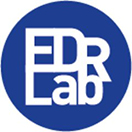
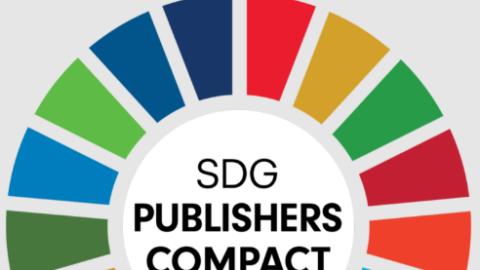

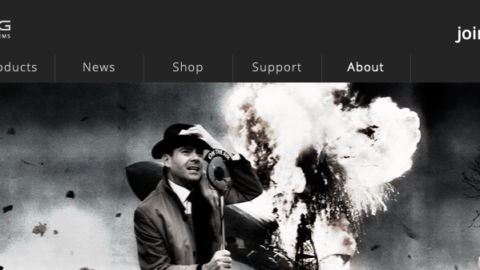

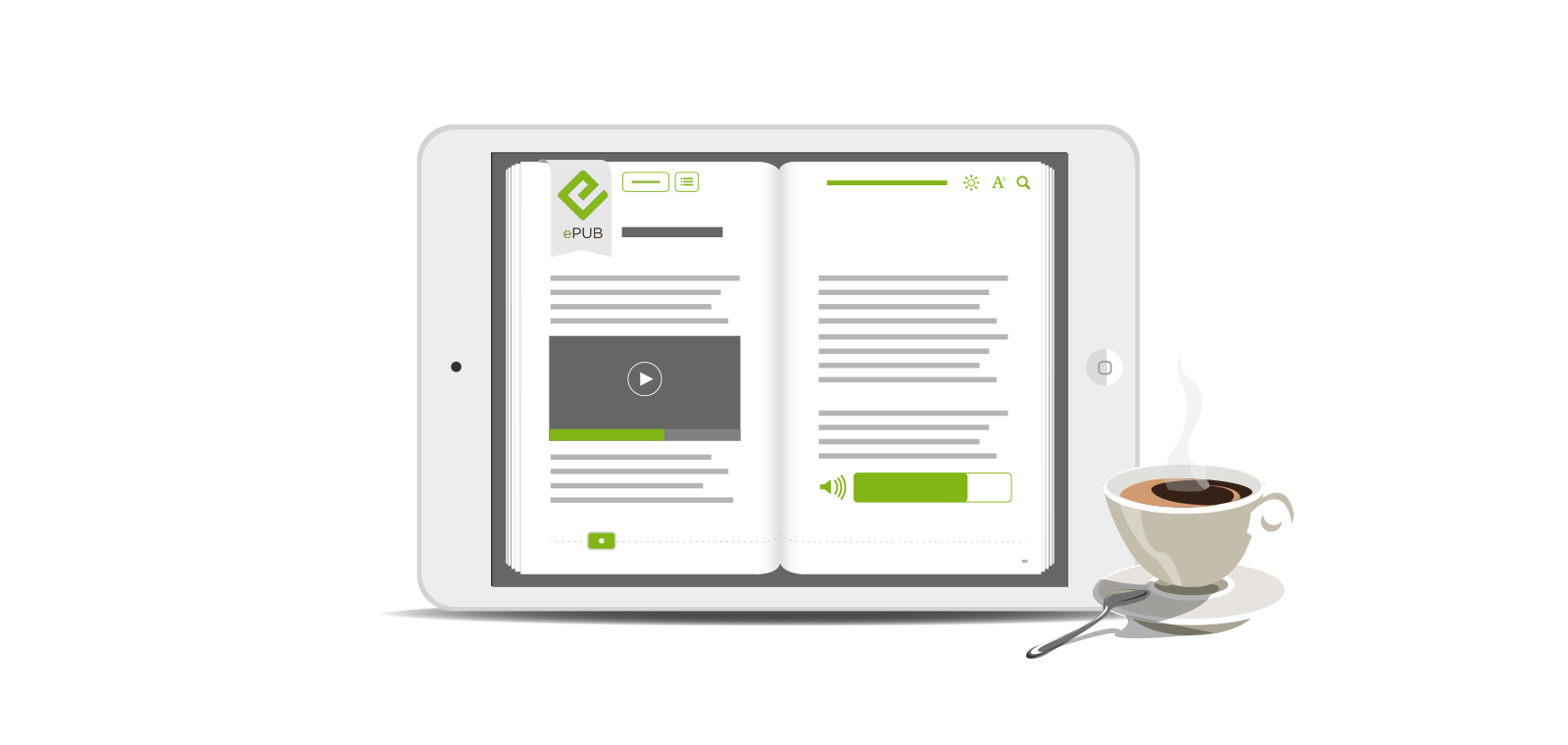
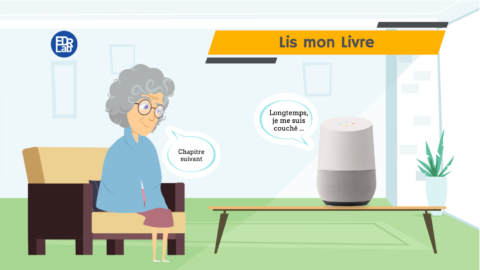






 contact@edrlab.org
contact@edrlab.org +33 1 83 64 41 34
+33 1 83 64 41 34
